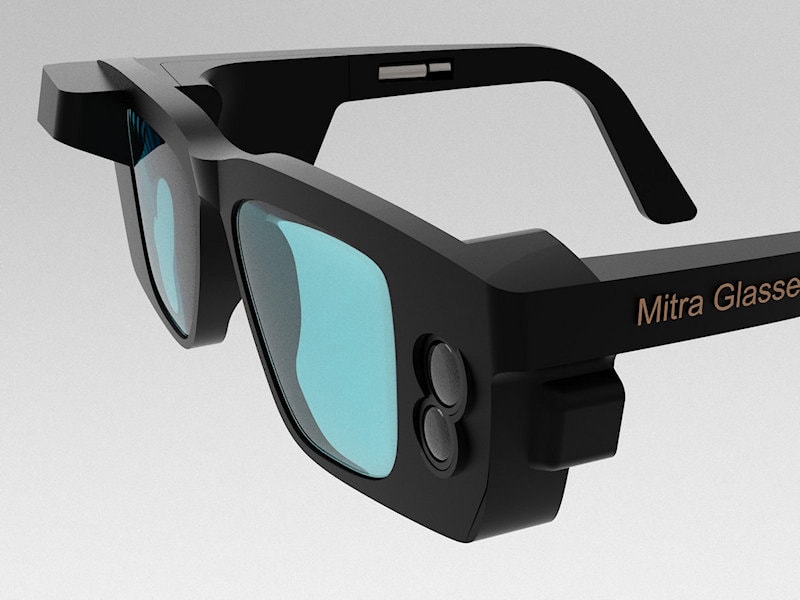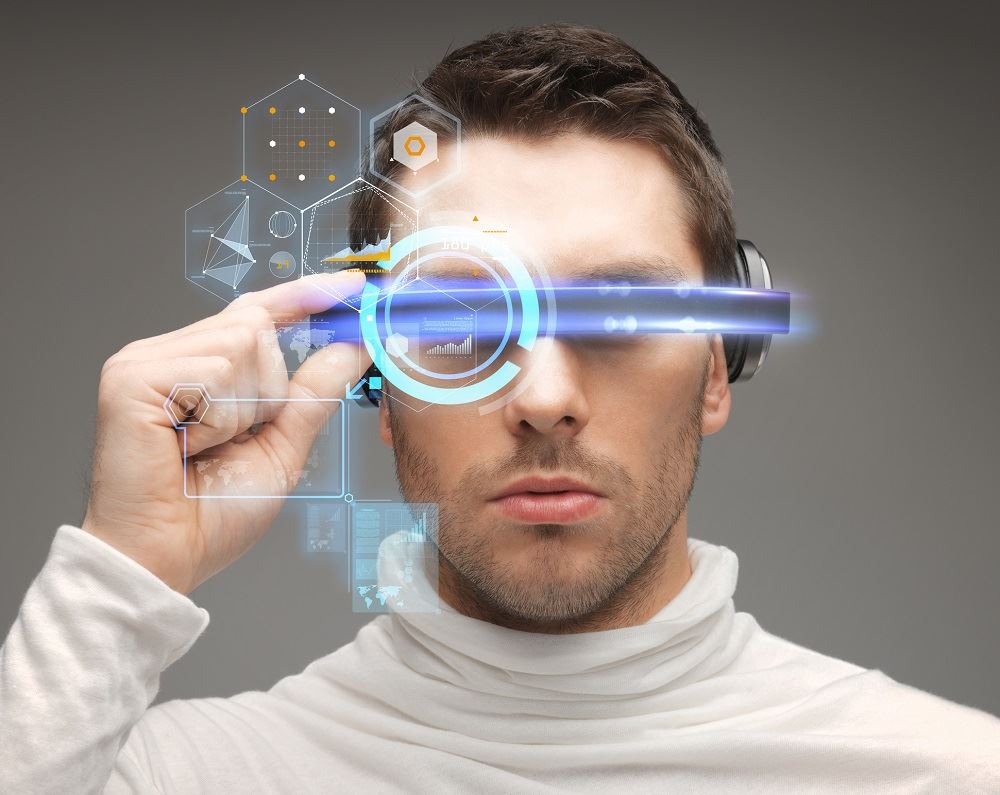OCR Devices for the Blind: Breaking Barriers with Optical Character Recognition
Empowering Freedom With Assistive Technology for the Blind
The integration of assistive technology for individuals who are blind or visually impaired stands for a substantial advancement in fostering freedom and boosting top quality of life. With an array of gadgets-- from screen visitors to innovative tactile devices-- these modern technologies not just assist in navigation and communication but additionally advertise social addition and involvement in various aspects of life.
Recognizing Assistive Modern Technology
Although assistive modern technology has developed considerably over the years, its basic objective stays the same: to boost the lifestyle for people with impairments, particularly those that are blind or aesthetically damaged. This innovation includes a broad variety of tools and gadgets that help with self-reliance and capability in everyday tasks.
Assistive innovation can be classified right into low-tech and state-of-the-art services, each created to meet certain demands. Modern tools commonly include software program applications, specialized hardware, and flexible devices that utilize innovative modern technology to provide support in numerous contexts. Alternatively, low-tech solutions may include everyday items that are modified to enhance accessibility, such as magnifiers or responsive pens.
The integration of assistive innovation into the lives of people who are blind or visually impaired not just advertises freedom however also cultivates social inclusion and engagement in expert and academic atmospheres. By leveraging these innovations, users can navigate their surroundings, accessibility information, and communicate successfully, therefore boosting their general high quality of life. Recognizing assistive technology is crucial for advocates, professionals, and caretakers that intend to support individuals in optimizing their possible and accomplishing better independence.
Types of Assistive Instruments
Assistive gadgets for the blind and visually impaired are vital devices that boost daily living by attending to specific obstacles encountered by individuals. These tools can be extensively categorized into 3 major kinds: optical tools, digital gadgets, and sensory gadgets.

Sensory gadgets, such as Braille screens and responsive maps, supply alternative ways to obtain information. Braille presents transform electronic text into Braille, enabling individuals to review touch. Tactile maps provide spatial understanding with raised lines and textures, enabling much better environmental understanding.
With each other, these assistive devices equip people with visual disabilities to involve more fully with their environments, promoting greater self-reliance and confidence in daily activities.

Effect On Daily Life
The integration of assistive innovation into the every day lives of people who are visually damaged or blind substantially improves their capability to engage and navigate with the world around them. Devices such as screen readers, Braille displays, and mobile applications help with access to details, allowing individuals to involve with digital web content, communicate efficiently, and take care of daily jobs individually.
Furthermore, technologies like clever glasses and navigating applications provide real-time help in unfamiliar settings, boosting wheelchair and self-confidence. These devices enable users to identify obstacles, reviewed indicators, and even recognize faces, thus fostering a feeling of autonomy in public spaces. Furthermore, home automation systems, which can be managed via voice commands, enable people to handle their living settings better, improving comfort and security.
The effect of assistive modern technology extends past functional jobs; it promotes social addition and emotional well-being. By connecting the gap between individuals and their environments, these innovations equip individuals to take part fully in neighborhood tasks, seek academic possibilities, and participate in meaningful partnerships. Ultimately, the advancement of assistive technology is critical in redefining the possibilities for people that are blind or visually impaired, causing an extra comprehensive and easily accessible culture.
Success Stories and Testimonials

Another powerful endorsement originates from Mark, a recent college graduate that utilized display reading software program throughout his academic journey. This technology allowed him to access program materials and join discussions, ultimately bring about his successful change right into the labor force. Mark credit scores assistive innovation for equipping him to achieve his job goals, highlighting its role in leveling the playing area for individuals with aesthetic impairments.
In addition, recreation center have actually reported increased engagement in their programs thanks to the intro of easily accessible electronic systems. These platforms have actually made it less complicated for individuals to link, share resources, and support one another. These success stories collectively underscore the extensive result of assistive innovation in fostering independence, boosting lifestyle, and whats an eye doctor called breaking down obstacles for the aesthetically damaged and blind community.
Future Fads in Assistive Technology
Arising innovations are poised to change the landscape of assistive tech for people that are blind or visually damaged. Developments in man-made knowledge (AI) and artificial intelligence are enhancing the capacities of gadgets, enabling even more intuitive customer experiences. For example, AI-driven applications are increasingly able to acknowledge objects and check out message out loud in real-time, offering customers with important details regarding their environments.
Furthermore, innovations in wearable technology are producing brand-new possibilities for independence. Smart glasses furnished with enhanced truth functions can overlay vital information onto the user's field of view, promoting navigation and interaction with the atmosphere. In addition, the integration of Web of Things (IoT) gadgets is simplifying accessibility in smart homes, enabling individuals to manage devices and obtain notifications through voice commands or tactile interfaces.
The development optometric care of braille display screens and responsive comments systems is likewise rising, advertising access to digital content and improving interaction. As these modern technologies remain to advance, they assure to improve everyday living, academic opportunities, and employment prospects for people with aesthetic disabilities. Continuous collaboration in between engineers, individuals, and advocacy teams will be essential in ensuring these technologies fulfill the requirements of the community effectively.
Verdict
To conclude, assistive innovation plays a critical duty in improving the self-reliance of individuals that are visually damaged or blind. By supplying vital tools and sources, these innovations facilitate boosted accessibility, interaction, and navigating to information, therefore promoting freedom and self-esteem. The transformative impact of assistive tools not only advertises effective communication with the environment yet also urges social inclusion and participation in various facets of life, eventually encouraging users to grow within their communities.
The assimilation of assistive technology for individuals who are visually damaged or blind stands for a significant improvement in promoting self-reliance and improving high quality of life.The assimilation of assistive innovation right into the lives of people who are blind or visually harmed not just promotes autonomy yet also fosters social addition and engagement in academic and expert atmospheres. Inevitably, the improvement of assistive innovation is important in redefining the possibilities for individuals who are aesthetically impaired or blind, leading to a more comprehensive and easily accessible society.
Lots of individuals who optometrist description are blind or aesthetically impaired have actually shared motivating success tales that highlight the transformative influence of assistive modern technology on their lives.In conclusion, assistive innovation plays an essential role in boosting the freedom of individuals who are aesthetically damaged or blind.